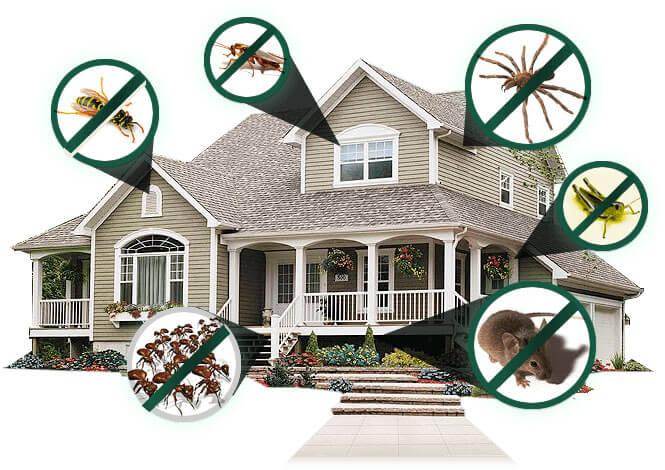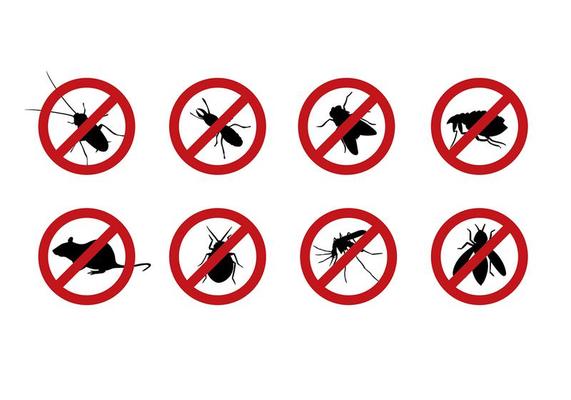A1 Bed Bug Exterminator Charlotte - Reliable and Affordable Services
A1 Bed Bug Exterminator Charlotte - Reliable and Affordable Services
Blog Article
Bed Bug Therapy Break Down: Comparing Chemical Vs. Non-Chemical Solutions
In the realm of insect control, specifically when managing the consistent concern of bed bugs, the selection in between chemical and non-chemical treatment options can be a pivotal one. Both techniques offer unique advantages and disadvantages, affecting variables such as performance, security factors to consider, and overall cost. By analyzing the nuanced details of each approach, a more clear understanding of which course to pursue in resolving a bed bug problem can be achieved.
Efficiency of Chemical Therapies
Chemical treatments for bed bug infestations have been widely acknowledged for their powerful and quick efficacy in removing these parasites. When thinking about the efficiency of chemical therapies, it is vital to recognize that they can give a fast and extensive solution to a bed bug problem. Professional pest control men commonly depend on pesticides to target bed insects at various stages of their life process, consisting of eggs, fairies, and adults. These chemicals typically work by interrupting the bed insects' nerves, resulting in paralysis and eventual death.
Additionally, chemical treatments have the benefit of using residual results, meaning that they can remain to get rid of bed bugs also after the preliminary application. This residual activity is especially helpful in combating any type of possible re-infestations. Additionally, the quick action of chemical therapies can bring relief to individuals encountering serious bed pest infestations, allowing them to gain back control of their living spaces promptly.
Security Problems With Chemical Solutions
One vital facet that needs careful factor to consider when using chemical services for bed bug treatment is ensuring the safety and security of passengers and the atmosphere. Exposure to particular chemicals used in bed pest therapies can lead to breathing issues, skin irritability, or other damaging reactions, specifically in individuals with pre-existing problems or sensitivities.
In addition, the environmental impact of chemical options is another considerable consideration. Some chemicals utilized in bed bug treatments may be hazardous to helpful pests, wildlife, and ecosystems if they seep into the dirt or water supply. It is necessary to use chemical therapies sensibly, adhering to security standards, and taking into consideration less poisonous options to minimize these dangers and guarantee the secure and reliable administration of bed pest invasions.
Advantages of Non-Chemical Strategies
Thinking about the possible safety and security issues and ecological impact connected with chemical services for bed insect therapy, discovering non-chemical strategies provides a promising choice with several distinct benefits. Non-chemical treatments are eco friendly, as they do not contribute to air or water contamination, making them a lasting selection for parasite control.
In addition, non-chemical services can be effective in targeting bed insects, consisting of hard-to-reach areas where chemical treatments may not pass through - A1 bed bug treatment in charlotte. Approaches such as warmth treatment, vacuuming, steam cleaning, and mattress encasements give detailed elimination without the usage of unsafe chemicals.
Limitations of Non-Chemical Treatments

In addition, non-chemical treatments frequently need multiple applications to accomplish effective removal. This can be time-consuming and may not always assure full elimination of all bed insects and their eggs, specifically in hard-to-reach or concealed locations.
In addition, the success of non-chemical treatments heavily relies upon green rodent control correct implementation and thoroughness, which can be challenging for people without professional competence. Poor application of non-chemical methods might cause insufficient removal, resulting in relentless invasions and the demand for added therapies.
Therefore, while non-chemical treatments have their advantages, it is necessary to recognize these constraints and consider them when determining one of the most efficient approach for managing bed bug infestations.
Cost Contrast: Chemical Vs. Non-Chemical Options
Given the limitations connected with non-chemical therapies, an essential element to assess in the context of bed insect monitoring is the cost contrast in between chemical and non-chemical choices. Chemical treatments commonly entail the application of pesticides by specialists, top pest control which can vary from $250 to $900 per space, depending upon the intensity of the invasion and the size of the location to be dealt with. In comparison, non-chemical treatments like heat treatment or steam can be extra expensive, with prices ranging from $1,000 to $6,000 for a whole home. While the first cost of chemical treatments may appear lower, multiple treatments might be needed to completely remove the invasion, potentially increasing the total cost. On the other hand, non-chemical alternatives may offer an extra sustainable and eco-friendly remedy, although they can be cost-prohibitive for some individuals. Ultimately, when taking into consideration the expense of bed bug treatment alternatives, it is essential to consider the ahead of time expenses versus the efficiency and long-term sustainability of the chosen method.
Final Thought

Taking into consideration the potential security concerns and environmental influence associated with chemical options for bed pest treatment, checking out non-chemical approaches provides an encouraging choice with several distinct benefits.Provided the limitations connected with non-chemical therapies, a necessary aspect to find more examine in the context of bed pest management is the cost comparison between chemical and non-chemical choices. In comparison, non-chemical therapies like heat treatment or heavy steam can be a lot more pricey, with prices ranging from $1,000 to $6,000 for an entire home. While the initial expense of chemical therapies might seem lower, numerous therapies may be called for to totally eliminate the invasion, potentially increasing the overall cost.In conclusion, when comparing chemical and non-chemical bed bug therapy choices, it is vital to take into consideration efficiency, safety and security, advantages, constraints, and expense.
Report this page